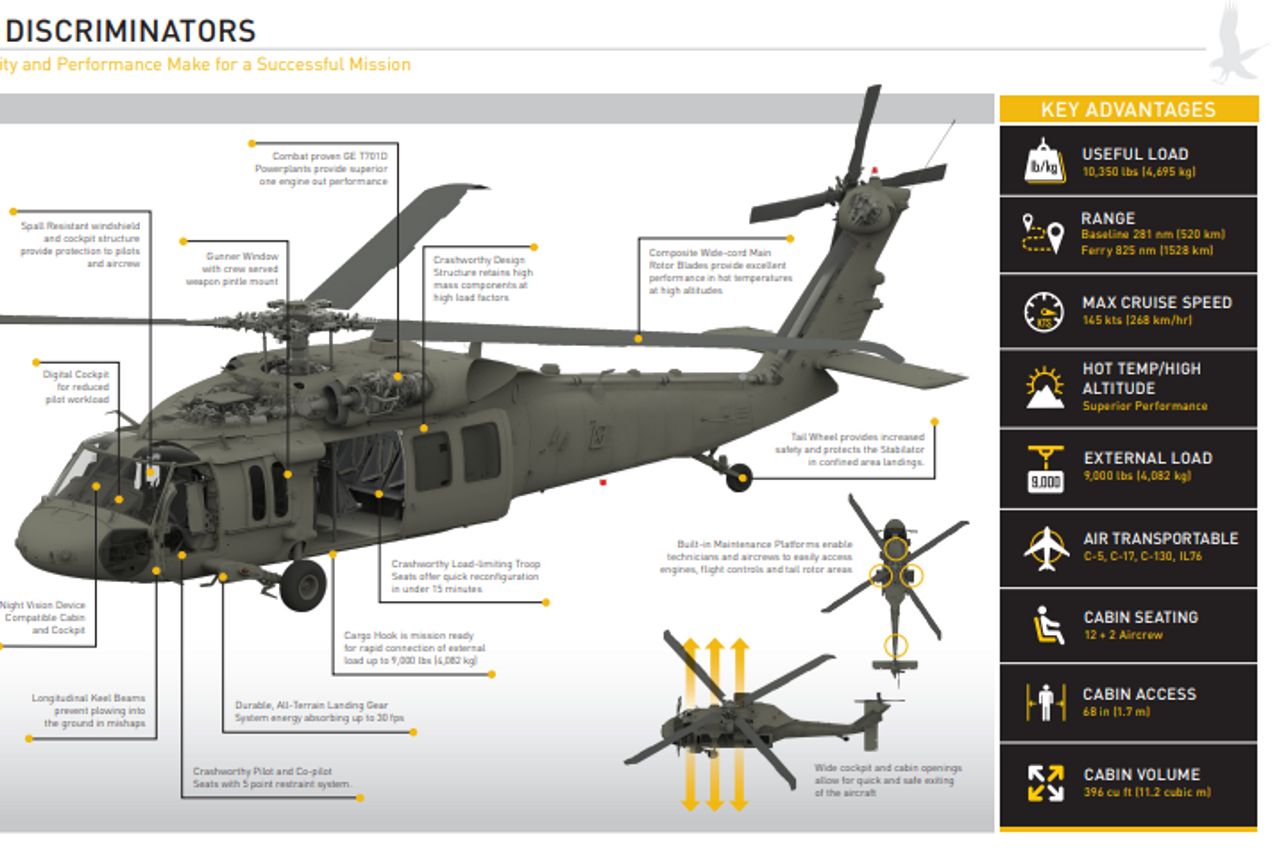Exploring the Capacities of the Sikorsky S 70: A Comprehensive Review
Exploring the Capacities of the Sikorsky S 70: A Comprehensive Review
Blog Article
Modernized Vertical Lift System With Advanced Composite Structures and Improved Precaution
In the world of upright lift systems, a considerable shift in the direction of innovation has been observed, driven by the combination of advanced composite frameworks and enhanced security measures. In exploring the merging of innovation and security in modern lift systems, an engaging narrative emerges, showcasing the possibility for transformative improvements that cater to the ever-evolving needs of commercial markets.
Evolution of Upright Lift Platforms

The development of upright lift systems can be mapped back to basic pulley systems and early lift layouts. Over time, advancements such as hydraulic systems, electric motors, and advanced control systems have vastly enhanced the performance and safety and security of these platforms. Producers have additionally concentrated on improving the stability, reach, and load-bearing capabilities of vertical lift systems to meet the diverse needs of different industries.
Furthermore, the combination of clever modern technologies like sensing units, IoT connection, and automation attributes has actually further transformed the capabilities of modern-day upright lift platforms. These technical enhancements not only enhance functional productivity however likewise make certain enhanced security standards for employees using these platforms at different elevations. The continual development of vertical lift platforms emphasizes their essential role in boosting upright wheelchair across industries.
Assimilation of Advanced Composite Structures

Moreover, the usage of advanced composite materials permits for even more complicated and maximized structural designs, making it possible for designers to customize the platform's residential or commercial properties to meet particular performance requirements. On the whole, the unification of innovative composite structures in modern-day vertical lift platforms stands for a considerable innovation in aerospace modern technology, leading to a lot more effective, dependable, and more secure aerial transport systems.
Improved Precaution Execution
Carrying out improved security measures is essential in ensuring the ideal performance and reliability of modern-day vertical lift systems. These steps incorporate a series of techniques targeted at mitigating risks and boosting overall safety and my link security standards. One essential facet of improved precaution is the assimilation of advanced sensing unit innovations to monitor different criteria in real-time. By utilizing sensors for functions such as architectural wellness surveillance, load monitoring, and ecological picking up, potential risks can be recognized early, allowing for aggressive upkeep and rehabilitative actions.

Industry Applications and Benefits
With innovations in technology and engineering, updated upright lift systems have located varied applications throughout various industries, providing considerable benefits in effectiveness and efficiency. The building and construction sector advantages from vertical lift platforms by making it possible for employees to accessibility raised locations securely and successfully, enhancing general job timelines.
Moreover, vertical lift systems play an important duty in the upkeep and repair of infrastructure such as bridges, power lines, and structures, permitting specialists to get to unattainable areas easily (sikorsky s 70). The air travel market also leverages these platforms for aircraft upkeep and assembly jobs, enhancing operations effectiveness and ensuring worker safety at elevations. Generally, the extensive fostering of modernized vertical lift systems throughout markets emphasizes their convenience and the considerable enhancements they bring to numerous procedures
Future Trends in Lift System Innovation
Incorporating sophisticated automation and intelligent attributes, lift platform technology is positioned to reinvent vertical transport systems in the future. One essential trend is the integration of Net of Things (IoT) modern technology, making it possible for lift platforms to interact real-time data for address anticipating maintenance, maximizing performance, and enhancing security. Synthetic knowledge and device knowing formulas are also being included to assess patterns, anticipate possible problems, and boost effectiveness. In addition, using sophisticated materials such as carbon fiber compounds gets on the increase, supplying enhanced durability and toughness while reducing general weight. Boosted security measures, consisting of biometric verification and emergency feedback systems, are becoming common attributes to ensure traveler safety. In addition, personalized arrangements and modular styles are click here for info acquiring appeal, allowing for higher flexibility to numerous settings and requirements. As lift platform technology continues to progress, these fads are readied to form the future of vertical transportation, making it more efficient, safe, and easy to use.
Conclusion
To conclude, the up-to-date vertical lift platform showcases the advancement of innovation in the industry. By incorporating sophisticated composite structures and boosted security steps, this system provides boosted effectiveness and safety and security for different applications. The industry can profit significantly from these advancements, and future patterns in lift system modern technology are likely to proceed improving upon these technologies for even greater success and performance.
In the realm of upright lift systems, a considerable shift towards modernization has actually been observed, driven by the integration of sophisticated composite frameworks and increased safety and security steps. The continuous development of upright lift platforms highlights their indispensable function in boosting upright mobility across sectors.

The incorporation of sophisticated composite frameworks in contemporary upright lift platforms has substantially enhanced their structural stability and performance abilities. By incorporating these innovative composites into the style and building and construction of vertical lift systems, suppliers can reduce overall weight, boost load-carrying capability, and improve the platform's toughness and long life.
Implementing enhanced safety measures is necessary in ensuring the optimal efficiency and integrity of modern-day upright lift systems.
Report this page